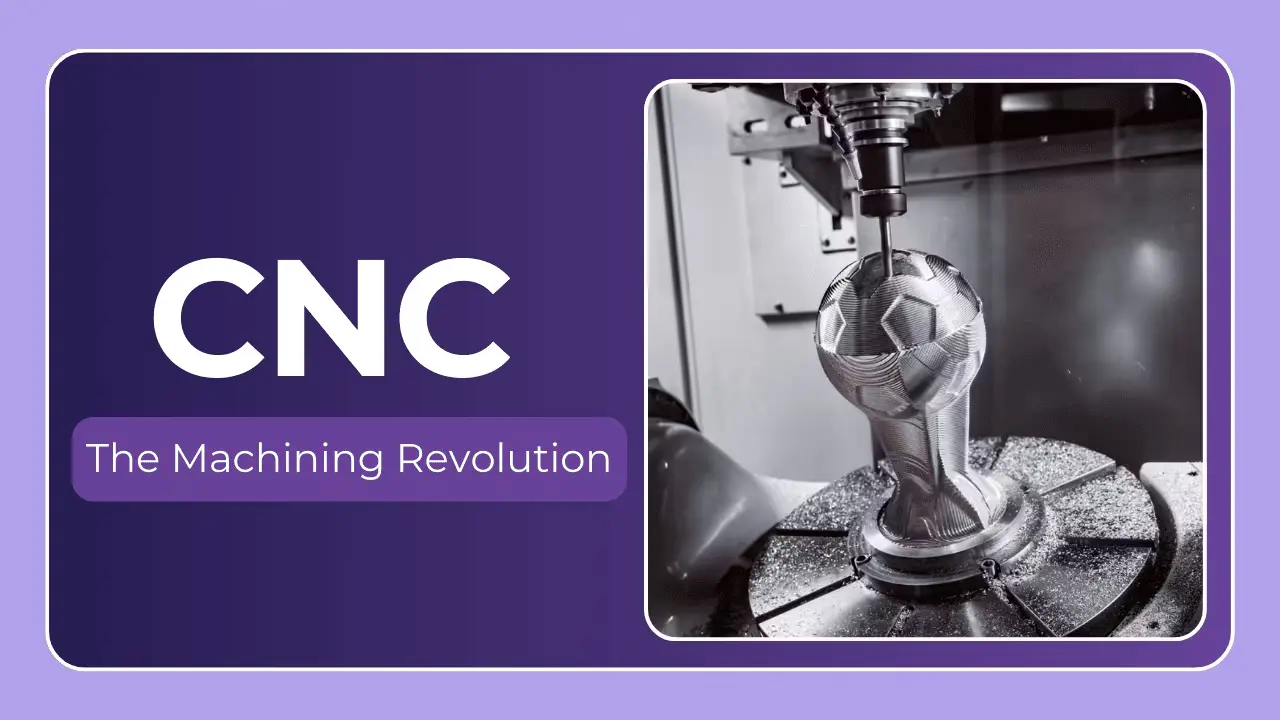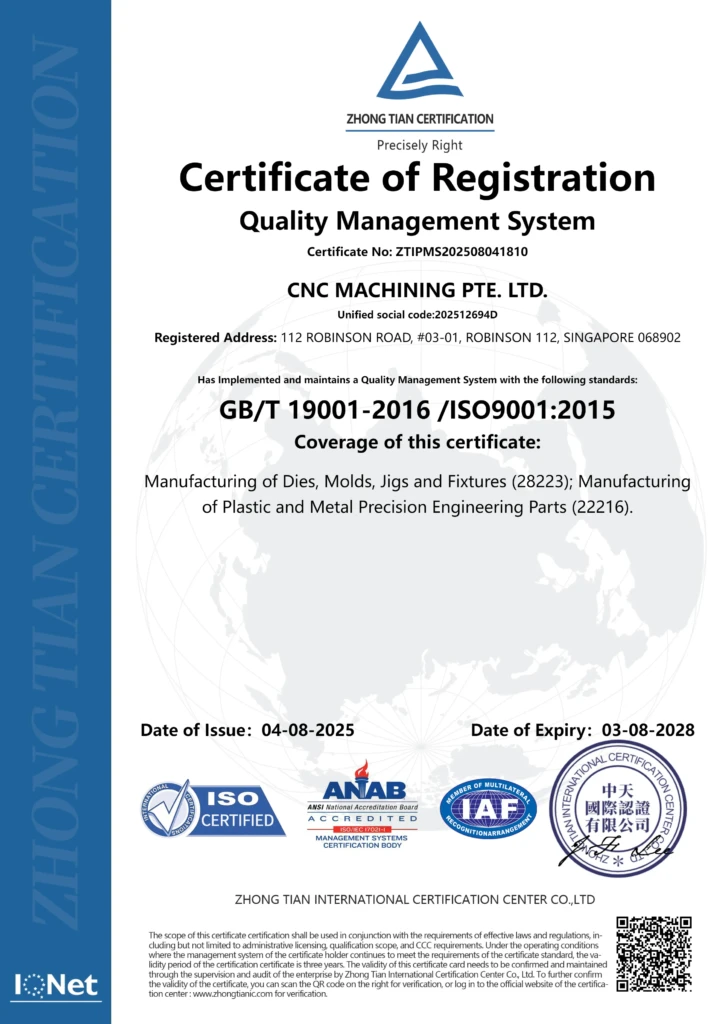The Uncompromising Standards: Precision CNC Machining for Military Applications
The demands placed on components within the military sector are, quite simply, unlike any other. Failure isn’t an option. Performance under extreme conditions is paramount. And, increasingly, rapid innovation and deployment are critical. This is where precision CNC machining steps in, becoming not just a manufacturing process, but a cornerstone of modern defense capabilities. This article delves into the specific requirements of military CNC machining, the materials commonly used, the critical quality control measures, and how advancements in technology are shaping the future of this vital field.
Why Precision is Non-Negotiable in Military Applications
Unlike many commercial applications where tolerances of +/- 0.005” might suffice, military components often require tolerances measured in microns (thousandths of a millimeter). This isn’t about perfectionism; it’s about functionality and reliability. Consider these examples:
- Firearms: The precise fit of internal components in a firearm directly impacts accuracy, safety, and operational lifespan. Even minute deviations can lead to malfunctions in the field.
- Aerospace & Defense Systems: Components for aircraft, missiles, and drones operate in incredibly demanding environments – extreme temperatures, high G-forces, and intense vibrations. Precise machining ensures structural integrity and predictable performance. A slightly off-tolerance component in a guidance system can mean the difference between hitting a target and missing.
- Communication Equipment: Miniaturization and high-frequency operation in military communication devices necessitate extremely tight tolerances to ensure signal integrity and prevent interference.
- Navigational Systems: Accuracy in inertial measurement units (IMUs) and other navigational components relies on the precise machining of intricate parts.
- Vehicle Components: From tank transmissions to armored vehicle suspension systems, the durability and performance of these systems depend on components manufactured to exacting standards.
Materials of Choice: Balancing Strength, Weight, and Performance
The selection of materials for military CNC machining is a complex process, balancing strength, weight, corrosion resistance, and cost. Here’s a breakdown of commonly used materials:
| Material | Common Applications | Key Properties | Machinability Considerations |
|---|---|---|---|
| Aluminum Alloys (7075, 6061) | Aircraft structures, housings, missile components | Lightweight, high strength-to-weight ratio, corrosion resistance | Relatively easy to machine, requires proper coolant and tool selection to prevent galling. |
| Titanium Alloys (Ti-6Al-4V) | Aerospace components, engine parts, armor plating | Exceptional strength-to-weight ratio, corrosion resistance, high-temperature performance | Difficult to machine, requires specialized tooling (carbide, polycrystalline diamond) and slow cutting speeds. |
| Stainless Steel (304, 316, 17-4 PH) | Fasteners, housings, marine applications, weapon components | Corrosion resistance, high strength, durability | Moderate machinability, can work harden, requires appropriate cutting tools and coolant. |
| Inconel/Superalloys (718, Hastelloy) | Jet engine components, high-temperature applications | Exceptional high-temperature strength, corrosion resistance | Extremely difficult to machine, requires specialized tooling, slow cutting speeds, and aggressive coolant strategies. |
| Tool Steels (M4, D2) | Cutting tools, dies, molds | High hardness, wear resistance | Difficult to machine, requires specialized tooling and grinding processes. |
| High-Strength Plastics (PEEK, Ultem) | Housings, insulators, lightweight components | Lightweight, corrosion resistance, good electrical properties | Can be challenging to machine due to their flexibility and tendency to melt, requires sharp tools and precise control. |
The increasing demand for lightweighting in military applications is driving a greater use of titanium and advanced aluminum alloys. However, machining these materials requires significant expertise and investment in specialized equipment.
The Role of Five-Axis CNC Machining
Traditional three-axis CNC machining is often insufficient for the complex geometries found in many military components. Five-axis machining, however, offers unparalleled flexibility and precision.
- Complex Geometries: Five-axis machines can simultaneously move a cutting tool across five different axes, allowing for the creation of intricate shapes and undercuts that are impossible to achieve with traditional methods.
- Reduced Setup Times: By machining multiple sides of a part in a single setup, five-axis machining significantly reduces setup times and minimizes the risk of errors.
- Improved Surface Finish: The ability to orient the cutting tool optimally relative to the workpiece results in a superior surface finish, reducing the need for secondary finishing operations.
- Deep Cavities & Intricate Features: Military components often feature deep cavities and complex internal features. Five-axis machining excels at producing these features with high accuracy.
Companies like CNC MACHINING PTE. LTD in Singapore specialize in five-axis CNC machining, offering the advanced equipment and expertise necessary to tackle even the most challenging military projects. Their ability to provide one-stop post-processing and finishing services further streamlines the manufacturing process.
Quality Control: A Rigorous Process
In the military sector, quality control isn’t just a step in the manufacturing process; it’s a fundamental requirement. A robust quality control system must encompass every stage, from material sourcing to final inspection. Key elements include:
- Material Certification: Ensuring that all materials meet stringent military specifications (e.g., MIL-SPEC).
- First Article Inspection (FAI): A comprehensive inspection of the first part produced to verify that it meets all design requirements.
- In-Process Inspection: Regular inspections throughout the machining process to identify and correct any deviations from specifications.
- Coordinate Measuring Machines (CMMs): Used to precisely measure the dimensions of parts and verify their accuracy.
- Non-Destructive Testing (NDT): Techniques such as ultrasonic testing, radiography, and dye penetrant inspection to detect internal flaws without damaging the part.
- Statistical Process Control (SPC): Using statistical methods to monitor and control the machining process, ensuring consistent quality.
- Documentation & Traceability: Maintaining detailed records of all inspections and processes to ensure full traceability.
Emerging Trends & The Future of Military CNC Machining
Several key trends are shaping the future of military CNC machining:
- Additive Manufacturing (3D Printing) Integration: Combining additive manufacturing for prototyping and complex geometries with CNC machining for precision finishing and critical features. Hybrid manufacturing approaches are becoming increasingly common.
- Advanced Tooling Materials: The development of new cutting tool materials, such as diamond-like carbon (DLC) coatings, is improving tool life and enabling the machining of increasingly difficult materials.
- Digital Twin Technology: Creating virtual replicas of machining processes to optimize parameters, predict performance, and identify potential problems before they occur.
- Automation & Robotics: Increasing automation in material handling, part loading/unloading, and inspection processes to improve efficiency and reduce labor costs.
- AI-Powered Process Optimization: Utilizing artificial intelligence and machine learning algorithms to analyze machining data and optimize cutting parameters in real-time.
Conclusion: A Critical Partnership for National Security
Precision CNC machining is no longer simply a manufacturing technique; it’s a strategic capability. The military relies on the ability to rapidly produce high-quality, reliable components that meet the most demanding specifications. The combination of advanced five-axis machining, specialized materials, rigorous quality control, and emerging technologies is driving innovation and ensuring that our defense forces have the tools they need to succeed.
Choosing a partner with proven expertise in military CNC machining, like CNC MACHINING PTE. LTD, is crucial. Their commitment to precision, coupled with their ability to provide customized solutions and rapid turnaround times, makes them a valuable asset in supporting national security. The future of defense manufacturing will be defined by those who can consistently deliver uncompromising quality and push the boundaries of what’s possible.




